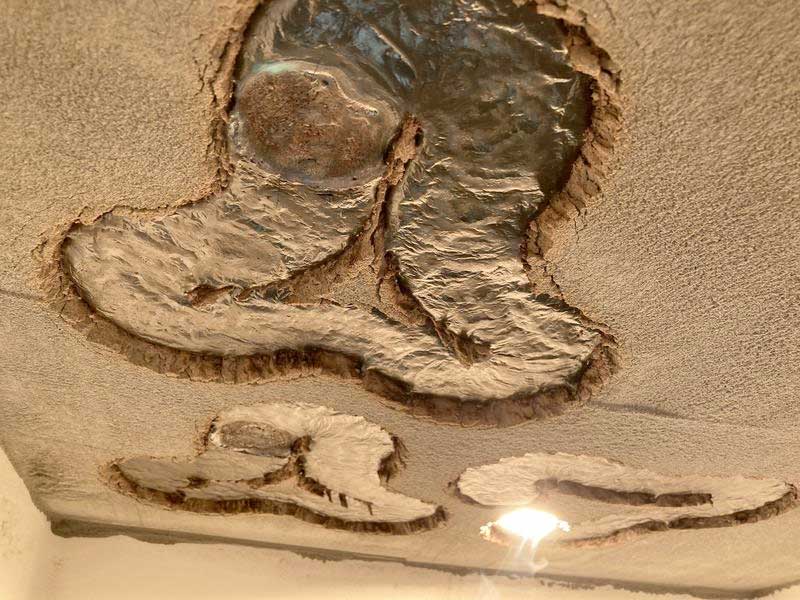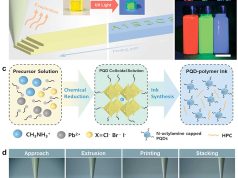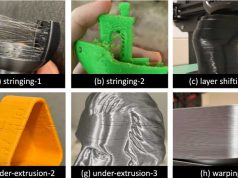A joint study by the Federal Institute for Materials Research and Testing (BAM), Clausthal University of Technology and Aalen University, published today in the prestigious journal Springer Nature Scientific Reports, reveals fascinating prospects: With the help of innovative 3D printing technology and lunar dust, the construction of roads and landing pads on the Earth’s satellite could be within reach. This opens up unimagined possibilities for the construction of future lunar bases.
Lunar dust, when stirred up, poses a significant challenge to lunar missions: Because of the low gravity on Earth’s satellite, it tends to float for long periods of time, potentially damaging machinery, equipment and supplies. Permanent lunar bases therefore rely on fixed infrastructure, roads, and landing pads to minimize the dust problem.
However, transporting extra construction material from Earth to the Moon for this purpose would be extremely costly. It would be much more advantageous to use the fine dust that is abundant on site and covers the moon in a layer several meters thick.
Building material moon dust
This is exactly where the current study comes in. The authors experimented with laser beams of different strengths and sizes (up to 100 mm in diameter and 12 kilowatts of power) to transform lunar dust into a robust construction material. For this purpose, they used a fine-grained material (EAC-1A), which is officially declared by the European Space Agency (ESA) as the equivalent of lunar dust.
The laser’s large focal spots allow the material to melt at a high rate to form solid structures covering large areas, which would be essential for building roads and landing pads. During the tests, however, it turned out that when the laser beams overlap, the enormous energy density leads to high temperature differences and stresses in the material and consequently to cracks.
For this reason, the interdisciplinary team developed triangular geometric shapes with an opening in the center, in which the laser tracks do not overlap during printing. The result: “paving stones” that interlock perfectly to form a solid surface.
Sunlight instead of laser
On the moon, the laser, which at over a ton in weight would be too heavy to transport to the moon, could be replaced by a highly refractive lens several square meters in size. It could focus sunlight to replace the intensity of the laser. Such a foil-based lens (“Fresnel lens”) would weigh less than ten kilograms and could thus be easily transported to the moon.
Jens Günster, project coordinator and head of the Department of Multimaterial Manufacturing Processes at BAM, is correspondingly proud: “Our results show the great potential that additive manufacturing has. They bring us a significant step closer to building a reliable infrastructure on the moon, as planned by the European Space Agency (ESA).”
The project is funded by ESA under the Discovery program. Further trials with ESA and the German Aerospace Center (DLR) are planned.
Original publication: Laser melting manufacturing of large elements of lunar regolith simulant for paving on the Moon (DOI 10.1038/s41598-023-42008-1).
Subscribe to our Newsletter
3DPresso is a weekly newsletter that links to the most exciting global stories from the 3D printing and additive manufacturing industry.
























